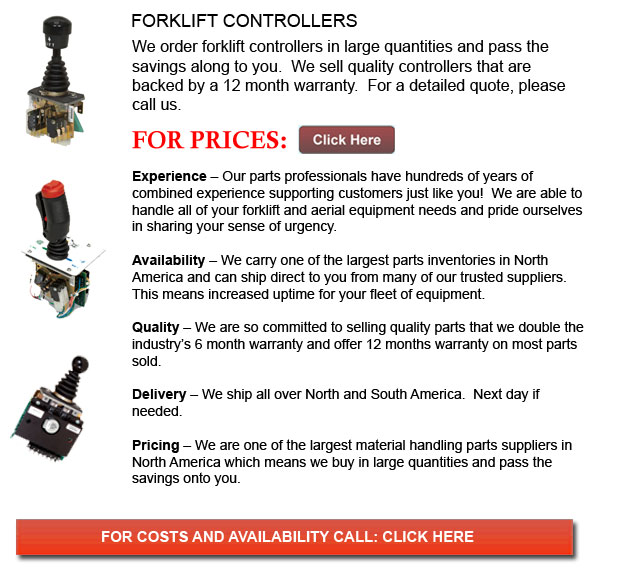
Forklift Controller - Lift trucks are accessible in many different units which have varying load capacities. The majority of standard forklifts used inside warehouse environment have load capacities of 1-5 tons. Larger scale models are used for heavier loads, like for instance loading shipping containers, can have up to fifty tons lift capacity.
The operator could utilize a control in order to lower and raise the blades, that can also be referred to as "tines or blades". The operator of the lift truck can tilt the mast in order to compensate for a heavy loads tendency to angle the tines downward. Tilt provides an ability to operate on rough ground too. There are yearly contests for experienced forklift operators to compete in timed challenges and obstacle courses at regional forklift rodeo events.
All lift trucks are rated for safety. There is a specific load maximum and a specified forward center of gravity. This vital information is provided by the maker and placed on the nameplate. It is essential loads do not go over these details. It is against the law in a lot of jurisdictions to tamper with or take out the nameplate without getting permission from the forklift manufacturer.
The majority of lift trucks have rear-wheel steering in order to enhance maneuverability. This is particularly helpful within confined spaces and tight cornering areas. This kind of steering differs quite a little from a driver's first experience with different vehicles. Because there is no caster action while steering, it is no required to apply steering force to be able to maintain a constant rate of turn.
Another unique characteristic common with forklift operation is unsteadiness. A continuous change in center of gravity happens between the load and the lift truck and they have to be considered a unit during operation. A forklift with a raised load has gravitational and centrifugal forces that could converge to result in a disastrous tipping mishap. So as to prevent this from happening, a forklift must never negotiate a turn at speed with its load elevated.
Forklifts are carefully made with a cargo limit for the tines. This limit is lowered with undercutting of the load, which means the load does not butt against the fork "L," and likewise lowers with blade elevation. Usually, a loading plate to consult for loading reference is placed on the lift truck. It is dangerous to use a forklift as a worker hoist without first fitting it with specific safety tools like for example a "cage" or "cherry picker."
Lift truck utilize in distribution centers and warehouses
Vital for any warehouse or distribution center, the forklift needs to have a safe environment in which to accommodate their safe and efficient movement. With Drive-In/Drive-Thru Racking, a lift truck must travel within a storage bay that is multiple pallet positions deep to set down or get a pallet. Operators are often guided into the bay through rails on the floor and the pallet is placed on cantilevered arms or rails. These tight manoeuvres require trained operators to complete the task safely and efficiently. Since every pallet requires the truck to go into the storage structure, damage done here is more frequent than with different kinds of storage. If designing a drive-in system, considering the dimensions of the tine truck, as well as overall width and mast width, need to be well thought out in order to be certain all aspects of a safe and effective storage facility.
![]() Click to Download the pdf
Click to Download the pdf
Forklift Parts
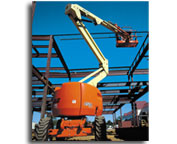
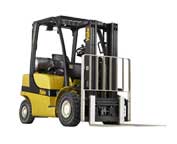
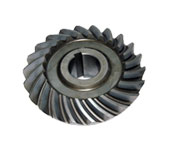
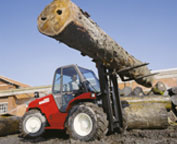
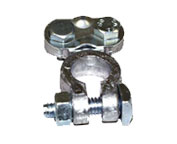
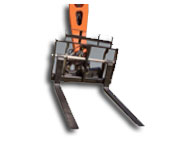
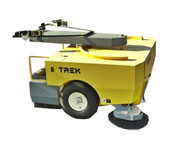
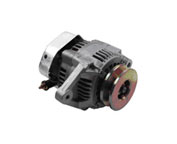
Lift Parts Express
TOLL FREE: 1-888-695-7994
forkliftpartsalabama.com
Email Us
About Us


